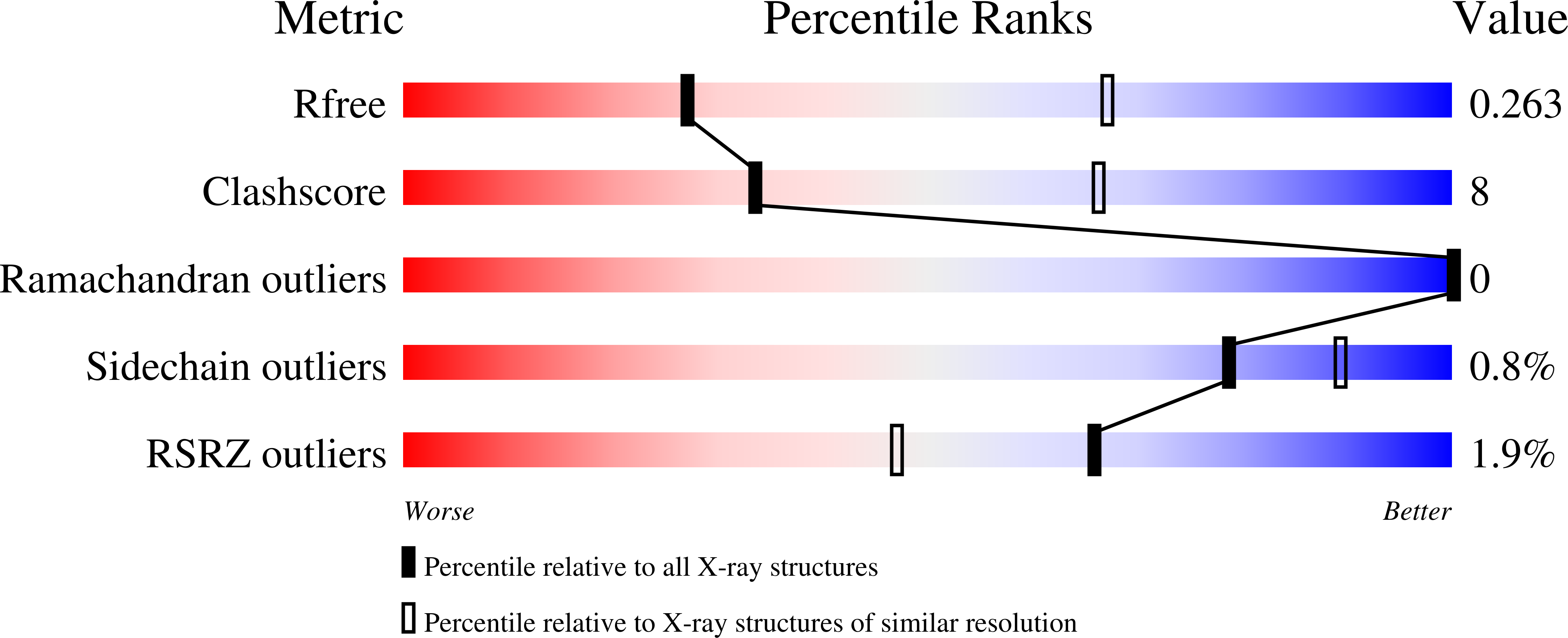
Deposition Date
2023-11-30
Release Date
2024-10-09
Last Version Date
2024-11-13
Entry Detail
PDB ID:
8V5L
Keywords:
Title:
Structure of the Varicella Zoster Virus (VZV) gI binding domain of glycoprotein E (gE) in complex with human Fab 1A2 and 1E12
Biological Source:
Source Organism:
Homo sapiens (Taxon ID: 9606)
Human alphaherpesvirus 3 (Taxon ID: 10335)
Human alphaherpesvirus 3 (Taxon ID: 10335)
Host Organism:
Method Details:
Experimental Method:
Resolution:
3.09 Å
R-Value Free:
0.26
R-Value Work:
0.23
R-Value Observed:
0.23
Space Group:
C 1 2 1


